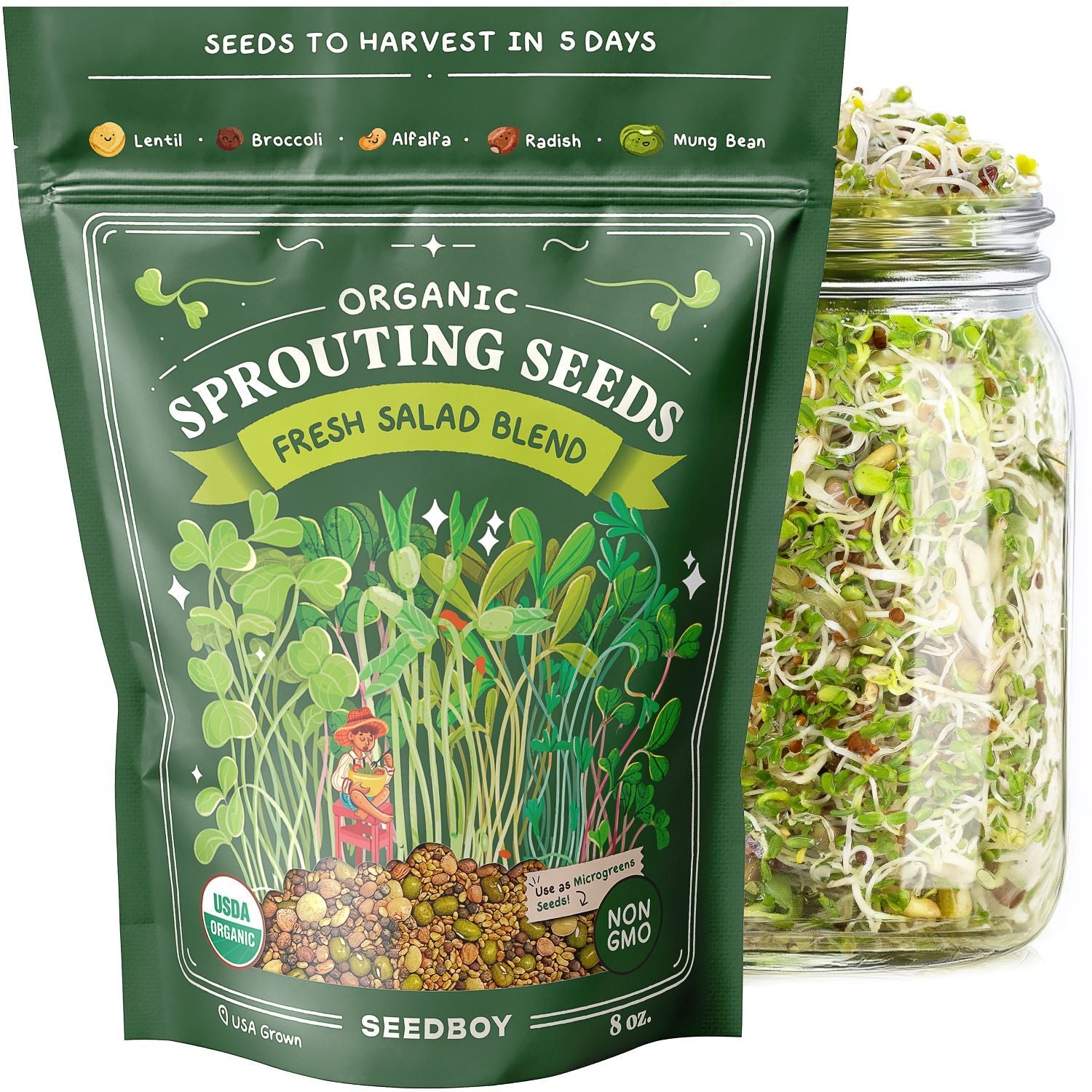
GROW GUIDE
Sage
Salvia officinalis
Plant Description
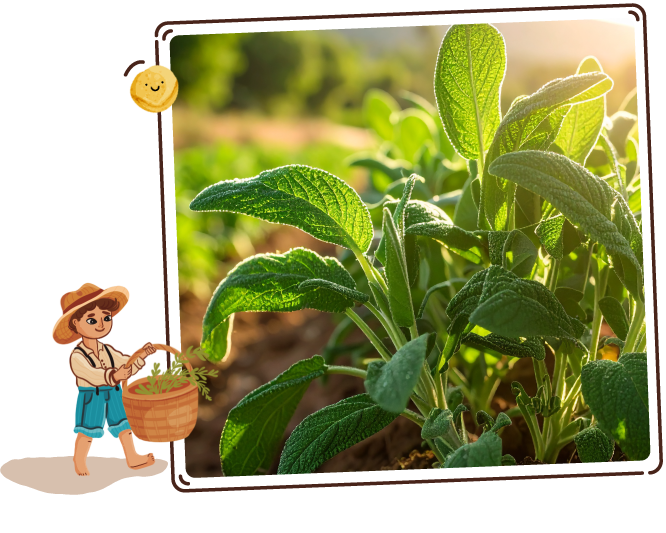
Sage
A fragrant herb with soft, silvery-green leaves, slightly elongated and velvety to the touch.
Native to the Mediterranean, this versatile plant belongs to the mint family and is prized for its earthy, slightly peppery taste, adding a warm, savory note to both culinary and medicinal applications.
Quick Facts:
-

Sun Requirements
Full Sun
-
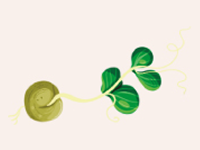
Days To Sprout
7-21 Days
-
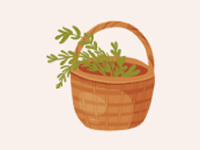
Days To Harvest
60-90 Days
-
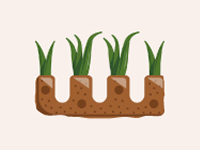
Plant Spacing
18-24"
-
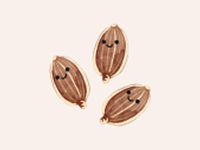
Seeds Per Hole
3
-
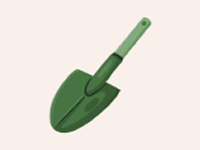
Planting Depth
1/4"
Best Planting Locations
-

Windowsills
Perfect for sage, offering ample sunlight.
-

Raised Beds
A natural choice for sage, with well-drained soil and a sunlit spot.
-

Rock Gardens
Excellent for outdoor growth, as sage thrives in dry, rocky conditions.
-

Containers
Ideal for patios or balconies, giving you control over soil and drainage.
Getting Started

-
1
Find the Spot
Sage thrives in full sun and well-drained soil. Choose a sunny location that gets at least 6 to 8 hours of direct sunlight each day. If indoors, place in a south-facing window for the best light.
-
2
Prep the Soil & Fertilizer
Sage prefers well-draining, loamy, sandy soil. For optimal growth, work a small amount of compost into the soil before planting. Avoid over-fertilizing, as this can diminish the herb's flavor.
-
3
Plant the Seeds
Soak seeds for 12-24 hours before planting to speed up germination. Plant 3 seeds or 1 seedling 1/4 inch deep in pots or ground. Press seeds gently into the dirt without totally burying them as they require light to sprout.
Gently mist with water to keep soil consistently moist, but not waterlogged, during germination.
Maintain a soil temperature between 65° to 70° F. Space plants 18-24" apart, allowing plenty of room for growth.
Good Neighbors:
-

Carrots:
Sage's strong scent repels carrot rust flies, protecting the carrots
-
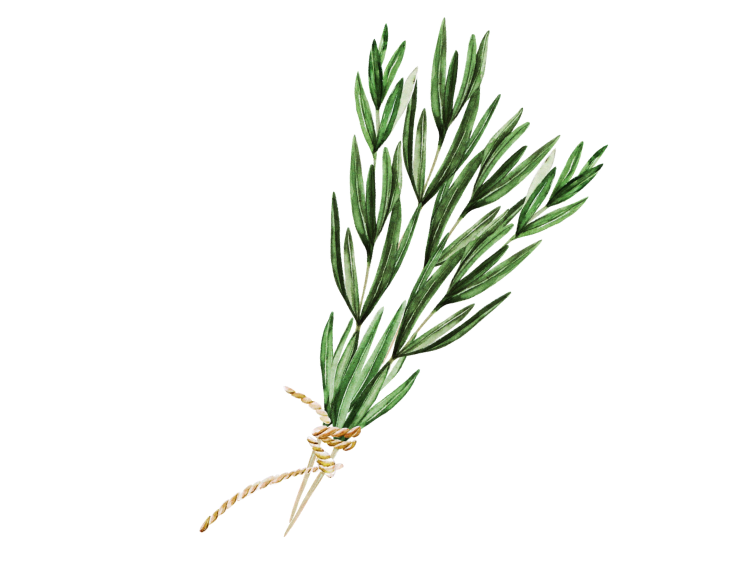
Rosemary:
Share similar growing conditions
-

Strawberries:
Sage's strong aroma helps mask the scent of strawberries, making them less detectable to pests
-

Tomato:
Sage repels harmful pests like flea beetles
Enemy Plants:
-
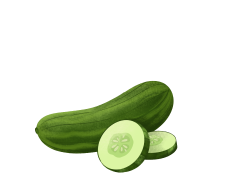
Cucumber:
Compete for similar nutrients and sage's strong aroma can interfere with the cucumber's taste
-
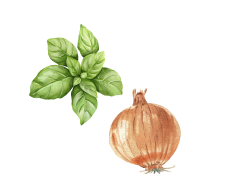
Basil & Onion:
Different watering requirements
Attractants:
-

Honey Bees & Butterflies:
Attracted to sage's large purple flowers
Repellents:
-

Black flea beetle
Repelled by sage's volatile oils and strong scent
-

Cabbage moths
Repelled by sage's volatile oils and strong scent
-

Cabbage looper
Repelled by sage's volatile oils and strong scent
-

Carrot fly
Repelled by sage's volatile oils and strong scent
Best Time to Plant
USDA Hardiness Zones


Day to Day Maintenance

-
Watering
Water sage moderately, allowing the soil to dry out between watering sessions. Sage prefers drier conditions, so avoid overwatering, which can cause root rot.
-
Pruning
Trim sage regularly to promote fuller growth. Once the plant is well-established, pinch off the top leaves and any flowers that appear to encourage a bushier plant.
The Harvest

-
Gathering
Pick leaves as needed, starting at the top to encourage new growth. For larger quantities, cut stems with clean shears. Avoid cutting into woody parts of the plant.
-
For the best flavor, harvest in the morning when the oils are the most concentrated.
Favorite Uses
-
Essential Oils
-

Stuffing
-
Chicken
-
Cocktails
-
Stews


How to Store
-
Room Temperature
Duration: One week
Location: Keep on a countertop away from direct sunlight
Method: Place sage stems in a glass of water, just like cut flowers. Make sure the leaves are above the water line to avoid rotting. Change the water every couple of days.
-

Refrigeration
Duration: Up to two weeks
Location: Store in the refrigerator
Method: Wrap the sage leaves in a slightly damp paper towel to keep them fresh. Place the wrapped leaves in an airtight container or plastic bag to prevent wilting. Wash just before use.
-

Freezing
Duration: Several months
Location: Store in the freezer
Method (Whole Leaf): Blanch the sage leaves briefly in boiling water, shock them in ice water, pat them dry, and freeze flat on a baking sheet. Once frozen, transfer to a freezer-safe bag or container to preserve flavor.
-
Drying
Duration: One year
Location: Warm, dry, and well-ventilated area
Method: Hang sage stems upside down in small bunches or use a food dehydrator set on low to dry the leaves. Once fully dried, store in an airtight container away from light.
Fun Facts

-
Medicinal Marvel
Sage has been used for centuries in traditional medicine, believed to improve memory and soothe sore throats. It’s also known for its antibacterial properties.
-
Symbol of Wisdom
In many cultures, sage is seen as a symbol of wisdom and longevity. It’s often burned in rituals to cleanse spaces and bring clarity.
-
The Sage Family Tree
There are over 900 species of sage, each offering unique flavors and uses. Common varieties include garden sage, pineapple sage, and clary sage.
-
Ancient Healer
Sage was highly valued by the ancient Romans and Greeks, who believed it could promote good health, ward off evil, and even extend life.
Subscribe to our Newsletter: "The Small Garden Chronicles"
Where curious growers gather for garden inspiration.

